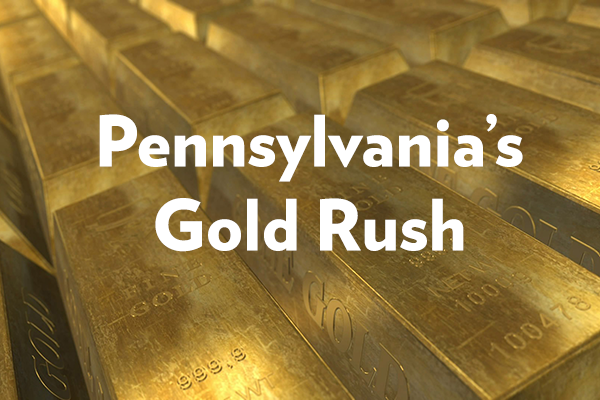Media

Federal Tax Reform: A Pennsylvania Gold Rush
After centuries of hopeless panning and prospecting, gold has finally been discovered right here in Harrisburg. The historic find weighs in around 20 metric tons—at gold’s current price per ounce, it has an asset valuation of $866 million.
They’re calling the mine “Federal Tax Reform”—and it’s a motherlode.
$866 million—that’s how much revenues surpassed projections for 2019 state tax receipts, according to the Independent Fiscal Office (IFO). If you’re looking for evidence that the 2017 Tax Cuts and Jobs Act bolstered the Pennsylvania economy, that’s just the tip of the iceberg.
While the state continues to lag behind the national average growth in wages and GDP, 2017 signaled a strong shift in the right direction. Wages are expected to grow at roughly 4 percent through 2020, compared to 1.3 percent growth in 2016. GDP jumped from 1.1 to 1.7 percent growth in 2017 and is expected to average around 2 percent until 2020.
But we can’t rest on our laurels if we want to reverse the state’s long-term trajectory. Pennsylvania’s 6 percent employment growth from 2001 to 2018 was less than half the national average. Our historically poor tax and job climate drives residents to search for opportunity elsewhere. From July 2017 to July 2018, the Keystone state on average lost two residents every hour.
If only we could strike gold a second time! Good news—we can. State-based tax reform can multiply the impact of the 2017 cuts, reverse our exodus of workers, and make Pennsylvania a destination state.
The Corporate Net Income Tax (CNIT) in Pennsylvania is the third-highest in the nation. Reducing this is one of the simplest ways to dramatically improve the business climate. Even Governor Wolf agrees that it is too high, and proposed lowering the CNIT from 9.99 percent to 5.99 percent by 2024 in his budget for 2019–20.
Spending drives taxes, so in order to properly enact tax reform, spending growth also needs to be controlled. One option under consideration in the legislature is the Taxpayer Protection Act (TPA), which limits the growth of spending by linking it to the growth of Pennsylvania’s economy. This would improve the tax climate long-term by providing a safeguard against unnecessary tax hikes in order to fund out of control spending.
It’s undeniable: federal tax reform was a gold mine for economic growth. We can unearth even more opportunity through state–level tax reform, and ensure this type of growth becomes the norm in Pennsylvania.